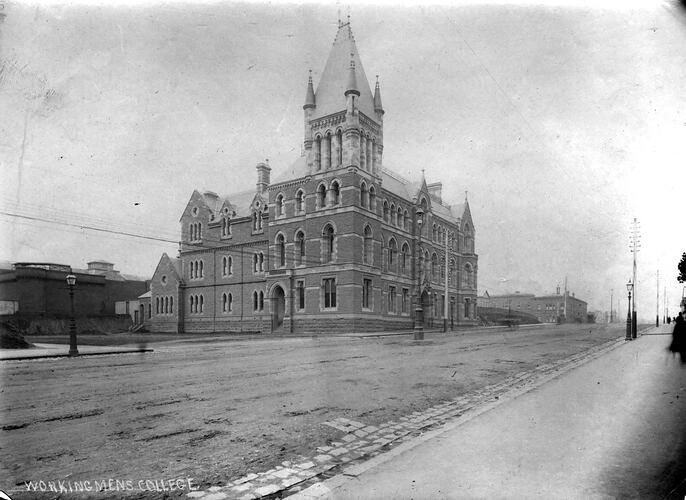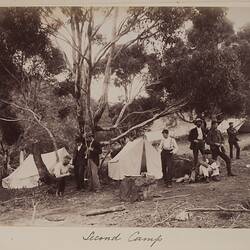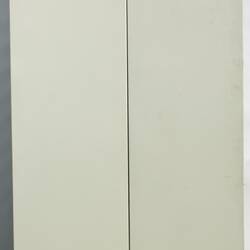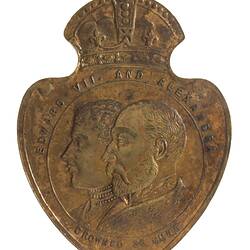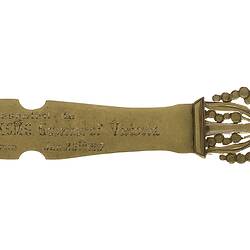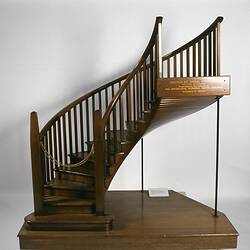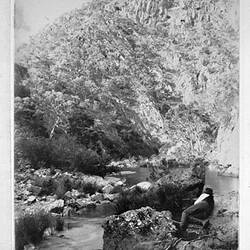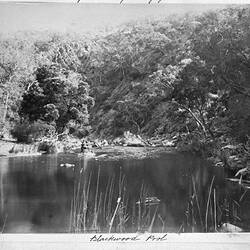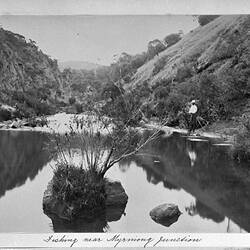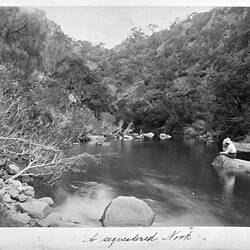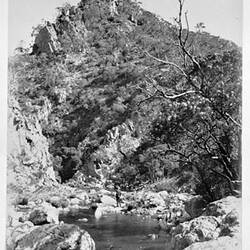Melbourne's Working Men's College was founded with funds provided by prominent grazier, Scottish immigrant and philanthropist Francis Ormond and Victorian trade unions. Although it was not until 1887 that the first students attended the Working Men's College, the College had been in planning since 8 May 1882, when the concept was approved by the Trades Hall Committee (now the Trades Hall Council), and a financial committee was established. Despite its name, from the beginning it taught both males and females. Its motto was "perita manus, mens exculta" - "a skilled hand, a cultivated mind".
It was immediately successful, with over 900 students enrolled by the end of 1887. Students undertook a variety of subjects including mechanics, physics, bookkeeping, elocution and arithmetic, as well as certain trades such as cookery, carpentry and dressmaking. In 1899 full courses were introduced in the areas of Applied Arts and Technology. The Applied Arts, covering such areas as architecture and industrial design, grew to such an extent that a separate 'School of Applied Arts' was established, with its own complex opened in 1917. Museum Victoria holds a key that was presented to the Governor of Victoria Sir Arthur Stanley to mark this occasion.
Other items in the collection include samples of students' work.
References:
Wikipedia: http://en.wikipedia.org/wiki/RMIT_University, viewed 02/12/2009.
RMIT University - A timeline of RMIT history: http://www.rmit.edu.au/browse;ID=q0dhwbxncmdc, viewed 02/12/2009.
Victorian Heritage Register Online: http://vhd.heritage.vic.gov.au/vhd/heritagevic#detail_places;3011, viewed 02/12/2009.
More Information
-
Keywords
-
Localities
-
Authors
-
Article types
